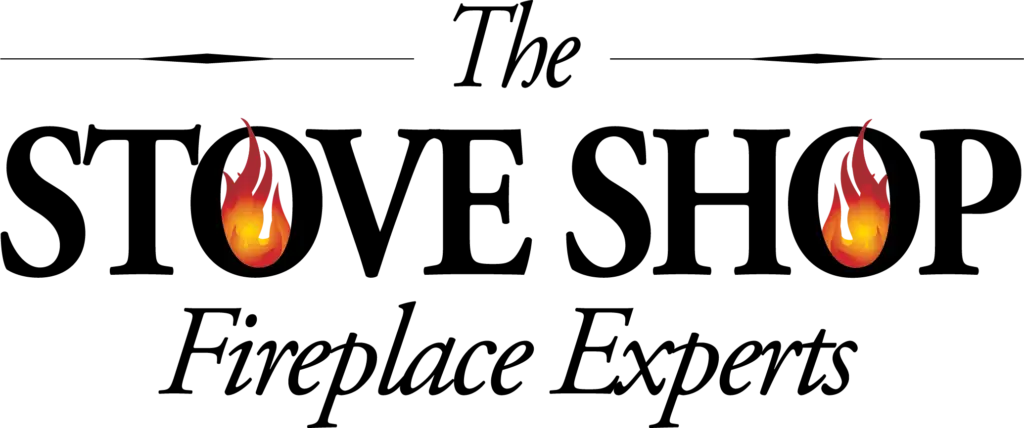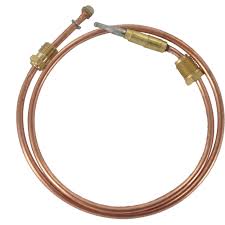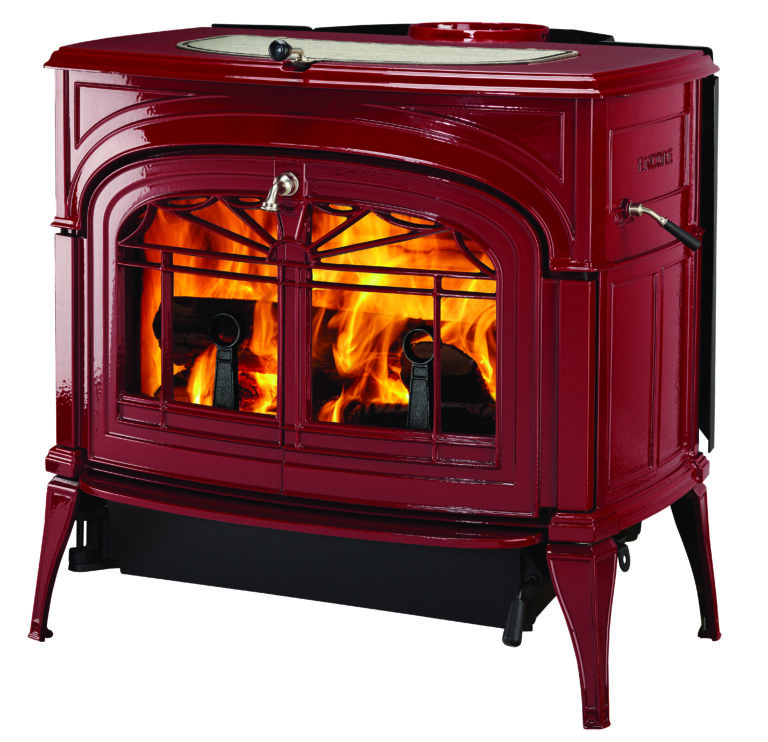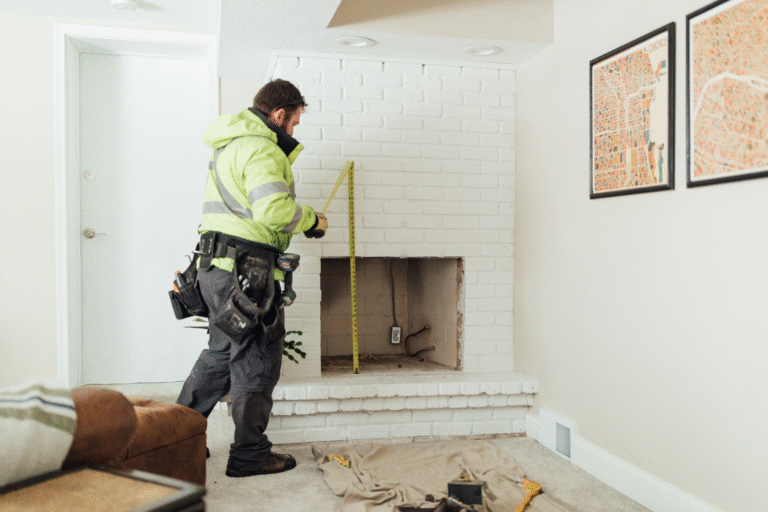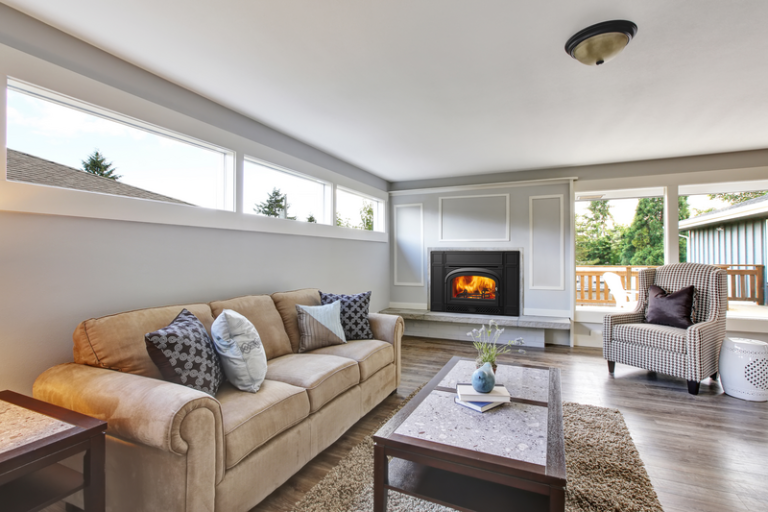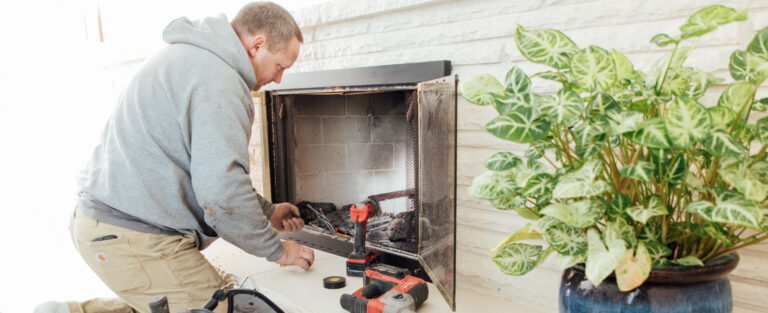Cost per hour for each fireplace fuel type
determined by average use:
ELECTRIC…………………..$0.26 /hour
WOOD PELLETS…………. $0.34 /hour
WOOD………………………..$1.06 /hour
NATURAL GAS (NG)……. $1.23 /hour
PROPANE (LP)…………… $1.32 /hour
Pennsylvania Fireplace Fuel Costs and You (Last Updated: 9/13/2025)
“Knowledge is power.” – Francis Bacon (All information is based on research conducted and an interpretation of the available data. If you are able to provide information contrary to what is available here, please reach out and help us improve this resource.)
NATURAL GAS FIREPLACES & STOVES
Average fuel cost $1.23 per hour | $960 per year
Average cost per CCF (plus the enormous fees) of natural gas in Pennsylvania is higher than you may initially anticipate.
$0.62669 per CCF + (fees) = an average of $1.23 per hour to burn natural gas in your fireplace as of September 1, 2025. This is according to data collected from PECO, UGI and other natural gas providers around Pennsylvania. (Fees vary depending on provider and should be a major consideration with natural gas that is not immediately clear in the advertised price. The price of natural gas is frankly, a bit misleading. The fees and surcharges are not accurately represented in the marketing materials provided.)
On average, a natural gas fireplace burns for 2 hours per CCF. You should expect to consume 1.8 gallons of propane to use your gas fireplace for 4 hours. (Average natural gas fireplace user burns their gas unit for about four hours per day.)
- A gas fireplace burning on high heat (40,000 BTUs) for one hour currently costs about $1.23 cents.
- Cost of using a natural gas fireplace for the average of 4-5 hours daily is roughly $5 per day.
- On average in PA, it is cold enough to enjoy a gas fireplace for about 186 days per year.
- The average natural gas fireplace user will spend about $960 per year on fuel costs.
It is uncommon to see the average gas fireplace enjoyer burn their unit for 24 hours per day. (Yearly service for gas hearth appliances is highly recommended.) The only requirement is having access to natural gas (NG) (PECO Natural Gas Availability Map).
Gas Fireplace Resources
- Check out this Gas Shopping Guide made available by the Pennsylvania Office of the Consumer Advocate for more information about gas prices.
- PECO PRICES (Natural Gas) for local Phoenixville residents.
- Breakdown of your natural gas bill by Pennsylvania’s Public Utility Commission. Learn how to read your gas bill.
PROPANE (LP) GAS FIREPLACES & STOVES
Average fuel cost $1.32 per hour | $1200 per year
Current average cost of propane in Pennsylvania: $2.909 per gallon (as of 5/12/2025)
On average, a propane gas fireplace burns for 2.2 hours per gallon. The average propane gas fireplace consumer enjoys their unit for 4 hours per day. You should expect to consume 1.8 gallons of propane per day to enjoy your propane gas fireplace for 4 hours.
- LP Propane Gas fireplace burned on high heat (40,000 BTUs) for an average 4 hours per day costs about $5.50.
- On average in PA, it is cold enough to turn on a gas fireplace for about 186 days per year.
- On average, a propane gas fireplace user will spend about $1200 per year.
Every fuel type serves a different need. Propane gas (LP) is wonderful if you want to hit a button and have an instant flame. Propane gas fireplaces, stoves and inserts are great for people who want to use their fireplace for 3-5 hours per day with very little friction. Propane is a good option for people that do not have access to Natural Gas. (PECO Natural Gas Availability Map) The only requirement is having a propane tank.
What does it cost to get a new propane tank installation?
What size propane tank do you need?
Need help sizing your propane tank? Usually we see folks get two 100 lbs. tanks or bury a 320 lbs. tank to power their home’s propane needs.
- “The Complete Propane Tank Sizes Guide” (video)
What is a British Thermal Unit and how does it impact my liquid propane (lp) fuel costs?
1 gallon of propane contains 91,500 BTUs. A 40,000 BTU propane gas fireplace insert burns 40,000 BTUs per hour. A gallon of propane gets you a little over two hours of burn time. Most homes run their propane gas fireplace insert for 3-5 hours per day.
WOOD PELLET STOVES & FIREPLACE INSERTS
Average fuel cost $0.34 per hour | $1600 per year
Average cost for a bag of quality pellets is $9 /bag OR Discounted ton rate (fifty, 40lbs bags) from The Stove Shop: $400 /ton
*PLEASE NOTE: AVERAGE BURN TIME FOR PELLET STOVE & FIREPLACE CUSTOMERS IS MUCH HIGHER THAN OTHER FUEL TYPES. PELLET STOVES & FIREPLACES ARE EXCELLENT OPTIONS FOR FOLKS WHO WANT TO RUN THEIR UNIT ALL OF THE TIME EVEN WHEN NO ONE IS HOME TO TEND THE FIRE.
The average pellet stove user burns their unit for 18 – 24 hours per day. Common rule of thumb: a bag of pellets lasts about 24 hours (although this is heavily dependent on your heat settings).
- On average in PA, it is cold enough to turn on a pellet stove or fireplace for about 186 days per year.
- Average bag usage is 1 bag of pellets per day or $9 per day.
- 30 bags per month which costs about $270 per month.
- On average, a pellet stove user will burn 186 bags of pellets per year.
- This translates to just under four tons of pellets for an average cost of $1600/ year.
Every fuel type serves a different need. Pellets are wonderful if you want constant heat, even when you are not home. They are like a small furnace, typically less visually appealing than a gas or wood unit. Pellet stoves and fireplace inserts are great for people who want to use their unit all day with very little friction. You need a place to store your bags of pellets and the strength to pick up a 40 lb bag and pour it into the pellet stove.
Regular cleaning and maintenance is needed. Pellet stoves & inserts require more maintenance than both gas or wood due to the buildup of ash near electronic components and high heat. What is the best wood pellet fuel for heat?
WOOD FIREPLACE INSERTS & STOVES
Average fuel cost $1.06 per hour | $960 per year
Every fuel type serves a different need. Wood is reliable. If you want consistent heat, even when the world ends, wood works. It is simple and only requires chimney sweeping for maintenance. They are like a small furnace, typically less visually appealing than a gas or wood unit. Wood is for people who have the time and space to tend to a fire. You need to add logs manually and manage the burn, unlike with both gas and pellet.
- One cord of wood costs on average $320/cord.
- One cord of wood has roughly 600 pieces of 16 inch firewood.
- One piece of wood costs very roughly $.53 per piece of wood.
- The average wood stove user burns their unit for about 4 hours per day.
- One 4 hour burn per day uses about 8 pieces of wood or about $5 per day.
- One cord of wood (on average) lasts about 75 days.
- Burn season is about 186 days per year.
- Wood stove users (on average) should expect to buy 2-3 cords of wood per year.
- Wood stove users spend about $640 – $960 per year on wood.
Wood offers a unique type of special heat that evokes nostalgia. There is nothing quite like a wood fire. Wood is great if you have oil heat and need a way to heat where you live during the cold months (zone heating). It can help families save big money during the winter and ensures that you will always have a heat source, even when the power goes out.
It is important to understand how the EPA forces manufacturers to test their stoves using crib wood instead of cord wood in order to get the most out of your personal stove in your home’s unique conditions. (Cord Wood and Crib Wood Testing)
What is the best way to store my firewood?
Proper firewood storage is the number one priority as a wood stove user! Wood Stove FAQ: Firewood Storage
ELECTRIC FIREPLACES
Average fuel cost $.26 per hour | $193 per year
Easy to install and simple to use. Electric fireplaces are an affordable fireplace option that add oodles of ambiance to your living space.
- If an electric fireplace is plugged into a 120V outlet then it can heat at 1,500 watts. This equals 1.5 KWH.
- Price of electricity is $.17 per KWH.
- Price per hour (to run ANY electric heater at 1500 watts) is $.26 per hour.
- On average, electric heating units run for 4 hours per day or $1.04 per day.
- Burn season is typically about 186 days.
- Electric heating options heating at 1,500 watts cost on average $193 per year (double if using 240w.)
Every fuel type serves a different need. Electric fireplaces are simple and affordable to install. If you want ambiance and a little bit of heat, electric fireplaces are a great option. They are good for people who do not have access to other fuel types. Low friction, fast install, great ambiance for the price.
OIL BURNER WHOLE HOUSE
Average fuel cost $0.42 per hour | $3644 per year
- As of 9/13/2025 Oil costs about $3.188 per gallon. (Residential Heating Oil Prices)
- Typically, homes have oil tanks that are either 220 gallons or 440 gallons. It costs $1402.72 to fill 440 gallons.
- Homeowners on average will refill their 440 gallon oil tanks two times per year totaling $2805.44.
- There are 8760 hours in a year. Oil costs the average homeowner roughly $0.32 per hour on average throughout the year.
Reducing oil usage and heating a specific zone saves money by using less oil to heat your entire home even though you can only occupy one room at a time. Oil burns all year and is required for elements of your home to run, so the goal is to reduce overall usage as much as possible.
Save $800 per year! Burning less oil with a wood stove in your living room.

From the owner: “As a person who still uses primarily heating oil in my old Pennsylvania farm home, I have experience paying the oil company. We have baseboard heat powered by an oil burner. The oil burner also acts as a boiler and provides my home with hot water. We use a lot of oil and filling up with 440 gallons of oil empties my bank account at least twice a year. My goal is to reduce oil usage as much as possible.
Zone heating with a wood stove in my living room allows for me to turn down my thermostat in the home. My wood stove decreases my oil usage significantly. We feel the impact most on cold-ish days when we don’t want to turn on the heat in months like October, November, March and April. Those early fall and spring months can be expensive with baseboard heat and a wood stove’s direct heat takes off some serious chill.
A warm butt is a happy butt, especially with a Vermont Castings wood stove from The Stove Shop 😉 Happy burning!”
– Patrick
Cost per hour for each fuel type determined by average use:
ELECTRIC…………………..$0.26 /hour
WOOD PELLETS…………. $0.34 /hour
WOOD………………………..$1.06 /hour
NATURAL GAS (NG)……. $1.23 /hour
PROPANE (LP)…………… $1.32 /hour

Which fireplace fuel type is the best for my home?
Every fuel type serves a different need. Here are some things to consider when choosing the best fuel type for your fireplace or stove in Pennsylvania.
Gas Fireplaces or Gas Stoves
Natural gas & propane fuel are wonderful if you want to hit a button and have an instant flame. Gas fireplaces, stoves and inserts are the perfect solution for families who want to use their fireplace for 3-6 hours per day with very little inconvenience.
Pellet Fireplace Inserts or Pellet Stoves
Pellet is good for very cold spaces that need constant heat without needing to be babysat. The flame is not as beautiful, but the heat from a pellet stove fireplace insert is eye watering. The Harman Accentra52i and Absolute63 can reach upwards of 60,000 BTU’s as some of the best pellet fireplaces and stoves.
Wood Fireplace Inserts or Wood Stoves
Wood fuel provides a beautiful flame and quality heat that is best for folks who can tend the fire every few hours. If you have wood available and a place to store it with the time to load it into your wood fireplace or wood stove then this is the best solution. Wood tends to be a young man’s game for most folks considering the additional work involved with storing and managing wood fuel.
Electric Fireplaces or Electric Inserts
Electric provides ambient warmth for any budget or home project. The convenience and ease of installation for our favorite electric fireplaces in 2024 makes this fuel type very appealing for many folks without access to traditional wood, gas or pellet fuels. Electric fireplaces are wonderful for apartments and new construction homes that want a fireplace without the high cost of a direct vent gas fireplace.
What is the most efficient fireplace fuel type?
How much fuel will I use? What will it cost to fuel my fireplace in 2025?
- BTU (British Thermal Unit) is a standard measurement of heat. On average gas fireplaces 40,000 BTU gas fireplace will therefore consume 40,000BTUs worth of gas every hour.
- An average 40,000BTU gas fireplace burns 40,000 BTUs per hour.
- 100 cubic feet (1 CCF) of natural gas equals 103,700 Btu, or 1.037 therms.
- 1 CCF gets you about two and a half hours of burn time.
- The average home burns their natural gas fireplace insert for about 3-5 hours per night.
Pennsylvania Price of Natural Gas Delivered to Residential Consumers (measured per 1,000 sq ft or MCF) – Divide by 10 for CCF pricing.
Learn more about how to get natural gas for your home:


